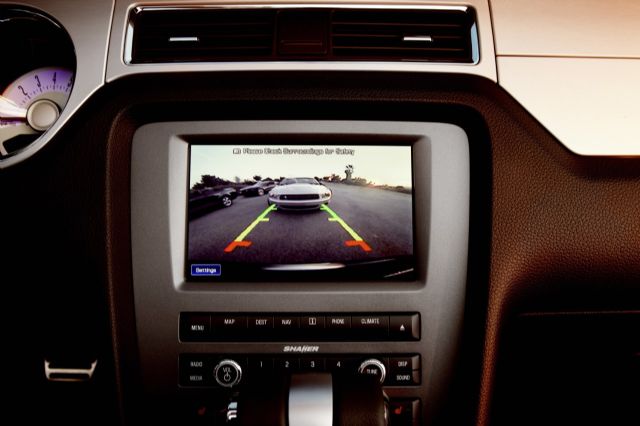NHTSA Requires Rear Visibility System on New Vehicles from 2018
2014/04/10 | By Quincy Liang
In addition to technological advancement, automakers' appeals, and consumers' needs, another key factor driving rapid development of automotive electronics worldwide is road or vehicle safety regulations required by national governments, especially when major industrially advanced nations (and in many cases major automobile production nations), such as the United States, Japan or Germany, mandate new safety equipment to be installed.
For global auto-parts makers, both original equipment (OE) or aftermarket (AM) suppliers, a potentially big opportunity arises with the National Highway Traffic Safety Administration (NHTSA) of the U.S. Department of Transportation (DOT) recently finalizing its requirement of rear visibility technology in all new vehicles under 10,000 pounds by May 2018. This new rule enhances the safety of these vehicles by significantly reducing the risk of fatalities and serious injuries caused by backover (vehicle reverse) accidents.
"Safety is our highest priority, and we are committed to protecting the most vulnerable victims of backover accidents — our children and seniors," said U.S. Transportation Secretary Anthony Foxx. "As a father, I can only imagine how heart wrenching these types of accidents can be for families, but we hope that today's rule will serve as a significant step toward reducing these tragic accidents."
NHTSA's final rule requires all vehicles under 10,000 pounds, including buses and trucks, manufactured on or after May 1, 2018, to come equipped with rear visibility technology that expands the field of view to enable the driver of a motor vehicle to detect areas behind the vehicle to reduce death and injury resulting from backover incidents. The field of view must include a 10-foot by 20-foot zone directly behind the vehicle. The system must also meet other requirements including image size, linger time, response time, durability, and deactivation.
"Rear visibility requirements will save lives, and will save many families from the heartache suffered after these tragic incidents occur," said NHTSA Acting Administrator David Friedman. "We're already recommending this kind of life-saving technology through our NCAP program and encouraging consumers to consider it when buying cars today."
On average, there are 210 fatalities and 15,000 injuries per year caused by backover crashes. NHTSA has found that children under 5 years old account for 31% of backover fatalities each year, and adults 70 years of age and older account for 26%.
NHTSA took time on this regulation to ensure that the policy was right and make the rule flexible and achievable. In fact, at this point, many companies are installing rear visibility systems on their own, due to consumer demand. Including vehicles that already have systems installed, 58 to 69 lives are expected to be saved each year once the entire on-road vehicle fleet is equipped with rear visibility systems meeting the requirements of today's final rule.
The final rule complements action taken by the agency last year to incorporate rear visibility technology into the New Car Assessment Program (NCAP). NHTSA's NCAP program – widely known for its 5-Star Safety Ratings – highlights for consumers the vehicle makes and models that are equipped with the agency's Recommended Advanced Technology Features that can help drivers avoid crashes and reduce other safety risks.

